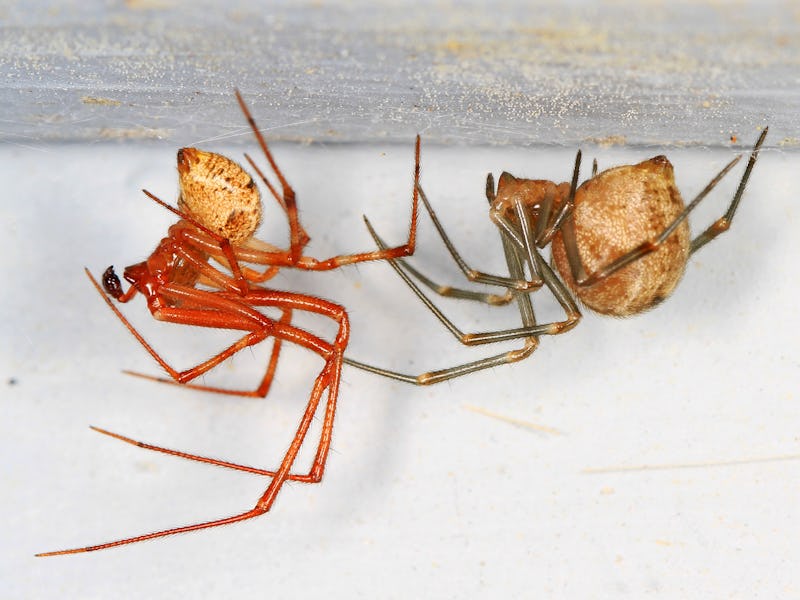A Lot of Bugs Live in Your Home
You’re thinking “Oh no, it’s an article about things I don't want to know!!” You’re right. Here’s the scoop.

Human beings share their homes with any number between one and 500 different arthropods, at one time or another, as reported by a research group from North Carolina State University.
It’s no surprise to hear that a bug or two is hiding in our house—sooner or later we tend to come across that errant spider that seems to be lost, hanging in our perfect home—yet it seems we have even more company than we can readily see.
A refresher, just in case you’re not up on your arthropods: These are spiders, centipedes, insects and mites—your basic creepy-crawlies.
So who’s home? Apparently Parasteatoda tepidariorum (AKA the common house spider) is to be expected.
Parasteatoda tepidariorum AKA the Common House Spider
Beetles are usual suspects too, like this false bombardier beetle (Galerita sp.):
Galerita sp. AKA the false bombardier beetle.
The study is titled Arthropods of the great indoors: characterizing diversity inside urban and suburban homes, and the researchers traveled to 50 homes (554 rooms) in the area around Raleigh, North Carolina, collecting arthropods both alive and otherwise. “This was exploratory work to help us get an understanding of which arthropods are found in our homes,” says lead author and North Carolina State U entomologist Matt Bertone, speaking with Science Newsline, “Nobody had done an exhaustive inventory like this one, and we found that our homes host far more biodiversity than most people would expect.”
The research turned up 579 different types of arthropod, with the average domicile containing anywhere from 32 to 211 kinds. Spiders and beetles, we’ve already heard about—but ants, flies, and book lice are also regulars.
Bertone adds, “While we collected a remarkable diversity of these creatures, we don’t want people to get the impression that all of these species are actually living in everyone’s homes…”Many of the arthropods we found had clearly wandered in from outdoors, been brought in on cut flowers or were otherwise accidentally introduced. Because they’re not equipped to live in our homes, they usually die pretty quickly.”
An example of such a bug would be gall midges (Cecidomyiidae), which despite being found in every home studied, really need outdoor plants and are doomed indoors.
Cecidomyiidae (Gall midge)
However, of the 554 rooms investigated, only five didn’t hold any arthropods.
“We think our homes are sterile environments, but they’re not,” says Bertone, “We share our space with many different species, most of which are benign. The fact that you don’t know they’re there only highlights how little we interact with them.”